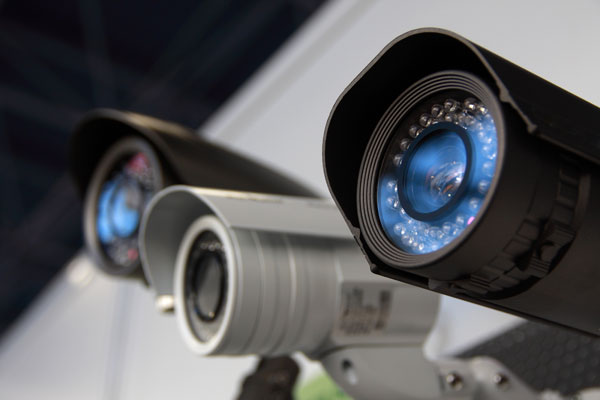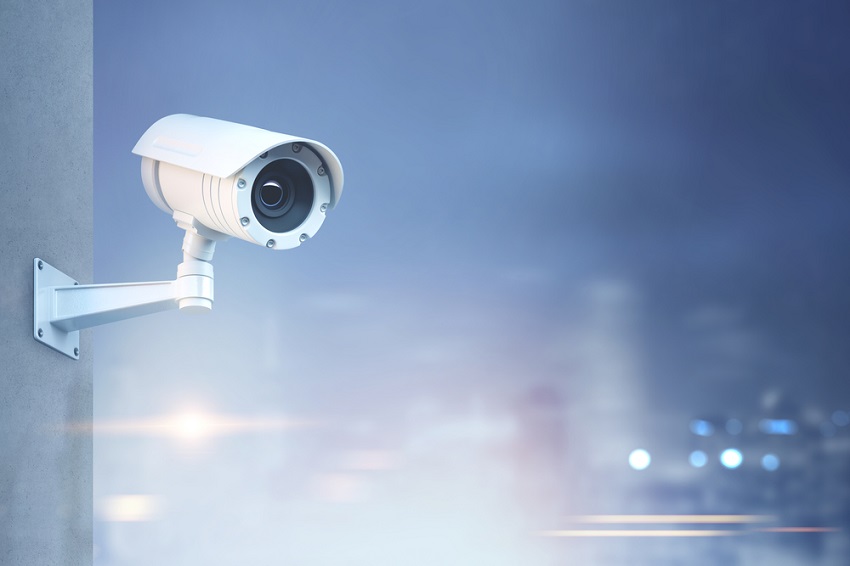Closed Circuit Television (CCTV) cameras offer a slew of benefits for households, government entities, and private businesses. From bolstering home security to capturing critical evidence and increasing work productivity, these powerful surveillance systems are a prudent long-term investment.
But not every CCTV system is ideal for every situation. It’s worth understanding the basics so you can pick out the perfect solution for you.
In this post, we provide a plain-English explanation of the most critical CCTV considerations, including camera types and key features.
Analogue Versus IP Cameras
The first thing to think about is whether you’ll opt for an analogue or IP system.
Analogue systems are the older, more traditional option, although the technology is improving all the time. The system works by sending data via a coax cable to a digital video recorder, which it then converts into a digital video format. They’re easy to use and typically much cheaper to purchase outright, especially when multiple cameras are involved.
On the downside, analogue systems have a lower frame rate and image quality, inferior encryption, and less coverage. What’s more, most need to be hardwired via a coax cable, which can become complex—and costly—when monitoring large areas.
Internet Protocol cameras record and send footage via an IP network—it’s a modern solution that’s rapidly becoming the option of choice. IP systems boast excellent image resolution, better expandability, easy installation, and, if specially programmed, a whole host of high-tech analytical features (motion detection, facial recognition, people counting, etc.)
That said, they’re also more expensive, harder to use (there’s a learning curve), and have more demanding storage requirements. Note, however, that IP cameras can cover a wider area and require less installation time—that means they may work out cheaper in some situations.
Camera Types
CCTV cameras come in six main types, each designed for a distinct purpose.
- Dome cameras are a powerful and cost-effective solution for indoor surveillance—homes, restaurants, hotels, etc.—as they capture a wide-angle image.
- Bullet cameras, which feature a low-profile cylindrical design, capture images in a fixed place and are preferred for outdoor use.
- Box cameras are ideal for monitoring large outdoor areas, often for public surveillance and crime prevention.
- Pan Tilt and Zoom (PTZ) cameras can be manually adjusted to focus and zoom in on a specific subject, usually via a mobile app or joystick. These functions require real-time interaction and are particularly useful for things like video conferencing and active monitoring.
- Hidden cameras are disguised as everyday objects and are intended for discreet monitoring.
- Thermal cameras convert infrared energy into imagery, making them useful for night-time surveillance and search and rescue.
Key CCTV System Features to Consider
Once you’ve decided on the ideal system and camera type, you can begin comparing the following features.
Resolution:
The higher the resolution, the more detailed your images will be. However, high-resolution cameras are more expensive and require demanding storage solutions—the trick is finding the right balance for you. For casual, home monitoring, 1080p will typically suffice. Seek out reliable HD CCTV camera suppliers and ask about 4K resolution if you require more clarity.
Field of View:
How large is the space you wish to monitor? If you need to watch over a vast area, it’s essential to grab a camera with a wide-angle lens. The field of view becomes less critical when you’re monitoring a small, specific area.

Motion Detection:
Motion detection-enabled CCTV systems can be configured to record automatically when the unit senses movement. That way, it will only capture footage when needed, which dramatically reduces your storage requirements. Most will send a real-time notification to your phone and allow you to view the footage remotely.
Floodlights:
Floodlights are essential for monitoring an outdoor area at night. The function uses motion sensors to automatically trigger high-powered floodlights upon detecting movement, saving electricity as you don’t need to leave them on all night. Aside from surveillance, motion sensor floodlights also provide a powerful deterrent against burglary.
Weather and Vandal-Proof Design:
Outdoor cameras need sufficient weatherproofing to withstand the elements—look for a rating of IP66 or higher. If the camera is installed outdoors in a public place, opt for a sturdy, vandal-proof model and position it up high, well out of reach.
Storage Requirements:
Storing a large amount of data is costly, especially if you opt for an ongoing cloud storage subscription. If you’re storing footage on an in-built hard drive or SSD card, you need to consider how many hours you can retain at once.
In either case, low resolution and motion detection cameras can both help reduce your data requirements.
Monitoring:
Do you need someone to monitor the footage 24/7, or are you happy to review it as required?
Many CCTV systems offer an optional Active Monitoring Plan, where a security team keeps an eye on your footage remotely in real-time. It’s expensive but worth it for anyone with high-security requirements.
Speak To A Reliable CCTV Supplier
If you would more clarification regarding the best CCTV system for your needs, it is always good to speak to trusted and reliable CCTV suppliers. When choosing a CCTV supplier, remember that quality and long-term peace of mind usually trumps cheap prices and short-term solutions. The right supplier will be more than happy to point you in the right direction!


